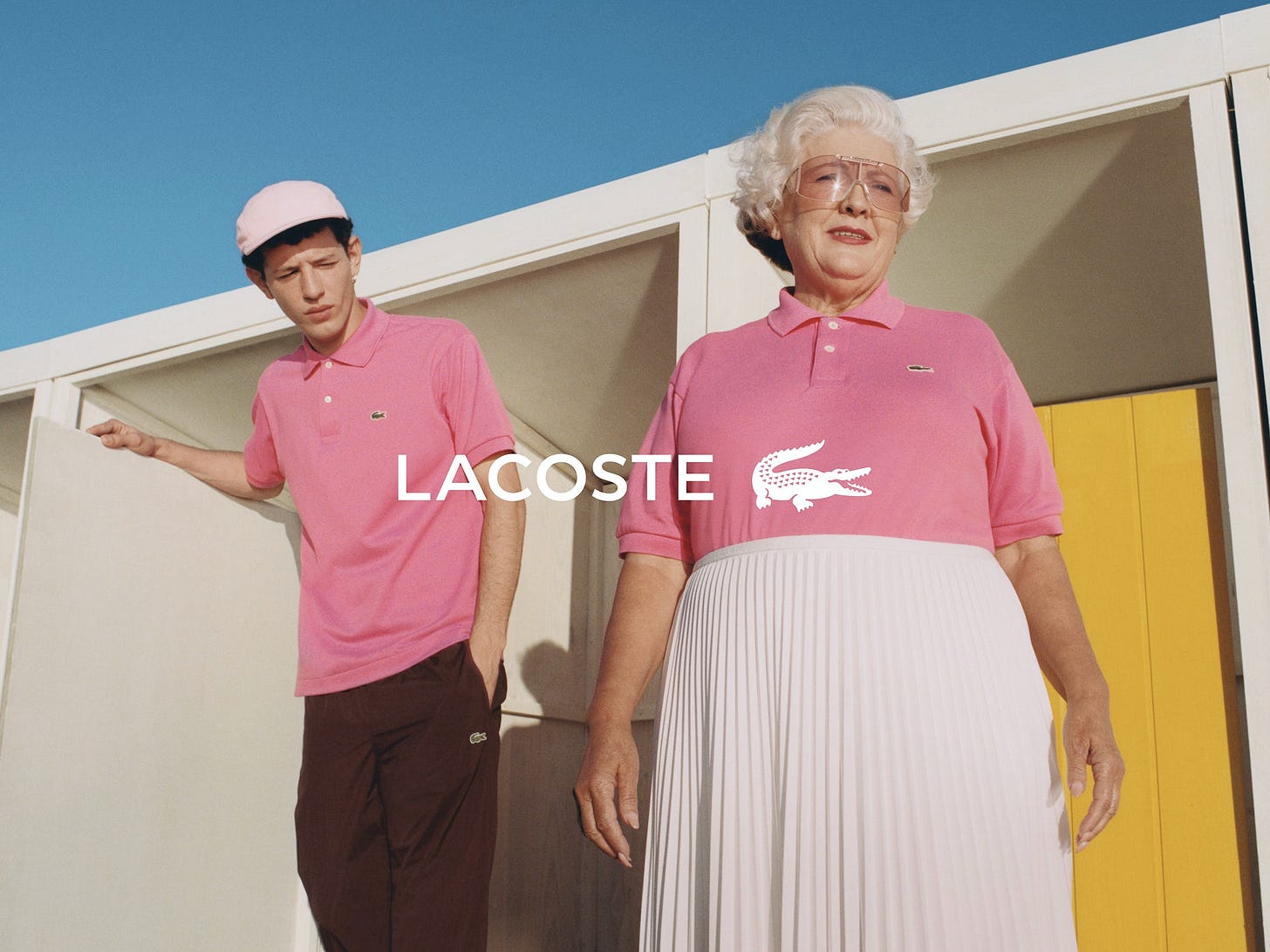The outdated marketing strategy you can't afford to keep using.
People don't act their age anymore, so why are you still marketing as if they do?
Welcome to The Morrow Method. In my last post, What the History of Segmentation Reveals About Your Brand's Future, I illustrate the evolution of segmentation.
For collaboration opportunities, send me an email. If you are on the Substack, join the chat and I’m happy to respond to any questions in the chat or comments here.
In an era where the lines between youth and age blur, marketers are still clinging to generational stereotypes that no longer apply. While marketers have eagerly dissected how media and technology reshape consumer behaviour, few are addressing a major change: the outdated segmentation models that assume people behave based on age.
Audience segmentation by age and lifestage can be tracked back to Post-Industrial Revolution. With the rise of mass production and limited media channels came the need to reach a large audience based on mass. See the historical timeline I created here.
As media culture has evolved, so to have audiences.
Let's be real, today people don't act their age. Our lifestyles are more fluid and diverse. With 50-year-old digital nomads and 20-somethings who prefer quiet, settled lives. Budgets are already splintered by the fragmented media options, and now audiences feel just as complex. What's a marketer to do?
So what does segmentation look like when it's no longer about age or generational stereotypes but about lifestyles?
Focus on communities, not cohorts: Build your brand around shared interests, values, and passions. Yeti, a brand now worth $1.7 billion dollars, targets professional sportsmen and outdoor adventurers, focusing on communities. When Yeti was launched in 2006 they focused on fishing and hunting communities and now have expanded to over 15 different communities including skate, rodeo, and golf.
Embrace cross-generational appeal: Create products and campaigns that resonate across generations by tapping into universal themes like creativity, nostalgia, or family.
Personalization over stereotypes: Leverage technology to understand and deliver on individual behaviours, values, and preferences. Spotify algorithm doesn't care if you're Gen Z or Gen X, it curates playlists based on listening habits, fostering deeper engagement.
Tap into universal human truths: Align your brand with broad values like sustainability, self-expression, or connection, which transcend generational boundaries. This is where I find most marketing professionals need to bring in outside perspective and learning to uncover core truths in the world that could seamlessly align with the brand. [Book a free 30-minute call where I can help you uncover opportunities for your business.]
Design for lifestyles, not life stages: Build your strategy around how people live, not their assumed stage of life.
If your brand is ready to move beyond outdated segmentation strategies, I specialize in helping CEOs and CMOs reimagine their approach. Lets talk about how you can build meaningful connections today.





